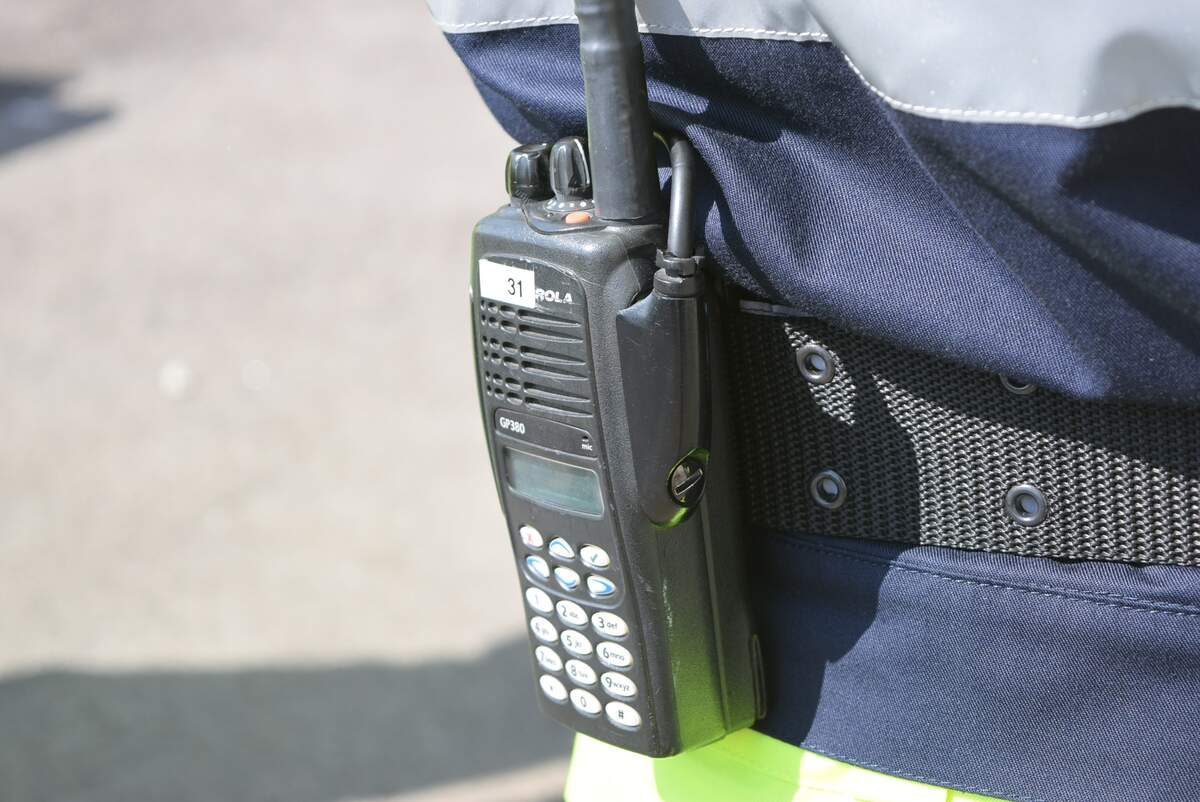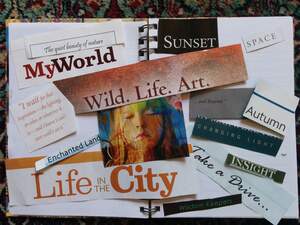

Ten-Four Day
Also known as
10-4 Day
Observed
annually on October 4th (since 1977)
Dates
Founded by
Motorola, Inc. in 1977
Tags
Hobbies & Activities
Hashtags
Sources
https://en.wikipedia.org/wiki/Ten-code
https://www.amazon.com/dp/1598888587?tag=checkiday08-20
https://www.dictionary.com/e/slang/10-4/
https://www.latimes.com/archives/la-xpm-2006-oct-01-tm-spobservances40-story.html
https://www.ncjrs.gov/pdffiles1/Digitization/47617NCJRS.pdf
https://www.wikidates.org/wwholidays/ten-four-day-2019.html
Happening on the fourth day of the tenth month, Ten-Four Day salutes radio operators, such as those who use citizens band radio (CB radio), who often use the code "10-4" when responding in the affirmative. When created by Motorola in 1977, at the height of CB radio use, the day's goal was to call the public's attention "to the importance of CBers and CB radio to the nation's communications capabilities." Although the day may now seem antiquated because of the rise of cellular phones, the internet, and other technologies, we still use it to celebrate the code, radio operators, and CB radios!
Ten-four (10-4) is an affirmative expression used in radio communications that translates to "message received," "you got it," or "OK." It is one of the ten-codes, which were created by Illinois State Police Communications Director Charles Hopper between 1937 and 1940. They were put out by the Association of Public-Safety Communications Officials-International (APCO) to be used in radio communication between police officers. Updated and expanded a few times since their creation, they are a type of brevity code and represent common phrases.
Radio technology was new in the 1930s, and there were a limited amount of police channels, meaning that communication had to be short. Ten-codes, also known as ten signals, were invented to improve quick and clear communication. Ten-codes begin with a "10," of course. At the time, motor-generators called dynamotors powered the vacuum tubes in radios. It took them between 1/10 and 1/4 of a second to warm up to full power, so the first syllables of radio transmission often weren't heard. Prefacing each numbered transmission with a "10" assured that the full message was sent.
After first being used by police, ten-codes soon began being used by others who communicated by radio, such as by those using citizens band (CB), like truckers and radio enthusiasts. "10-4" came into the mainstream in part because of Highway Patrol, a popular television show in the mid-to-late-1950s. Its star, Broderick Crawford, began his radio conversations with "10-4." Then, in 1975, the code was used in C.W. McCall's song "Convoy," along with other trucker CB radio slang, such as "breaker one-nine." The song ended up reaching #1 on Billboard's Hot 100 chart, further bringing "10-4" into the mainstream. In 1978, a film with the same name was released, which was loosely based off of it.
Although the height of the use of ten-codes and CB radio has since passed, both are an important part of cultural history, and you will still often hear people say "10-4." CBs are still used by truckers, Jeep enthusiasts, and those who drive out of cellphone range. And although they aren't completely the same codes that APCO uses, you can hear ten-codes used by the police officers on the television series Blue Bloods. On Ten-Four Day, we salute those who still use "10-4" in radio communication, and we honor the legacy of CB radio, CBers, and other radio operators.
How to Observe Ten-Four Day
The following are some ideas on how to celebrate the day:
- Say "10-4" whenever answering in the affirmative.
- Listen to a song that has "10-4" in its lyrics, such as "Convoy" by C.W. McCall or "Shaky Town" by Jackson Brown.
- Watch Convoy or Smokey and the Bandit.
- Watch Highway Patrol or Blue Bloods.
- Explore the official APCO ten signals by era.
- Learn some CB slang.
- Purchase a CB.





















